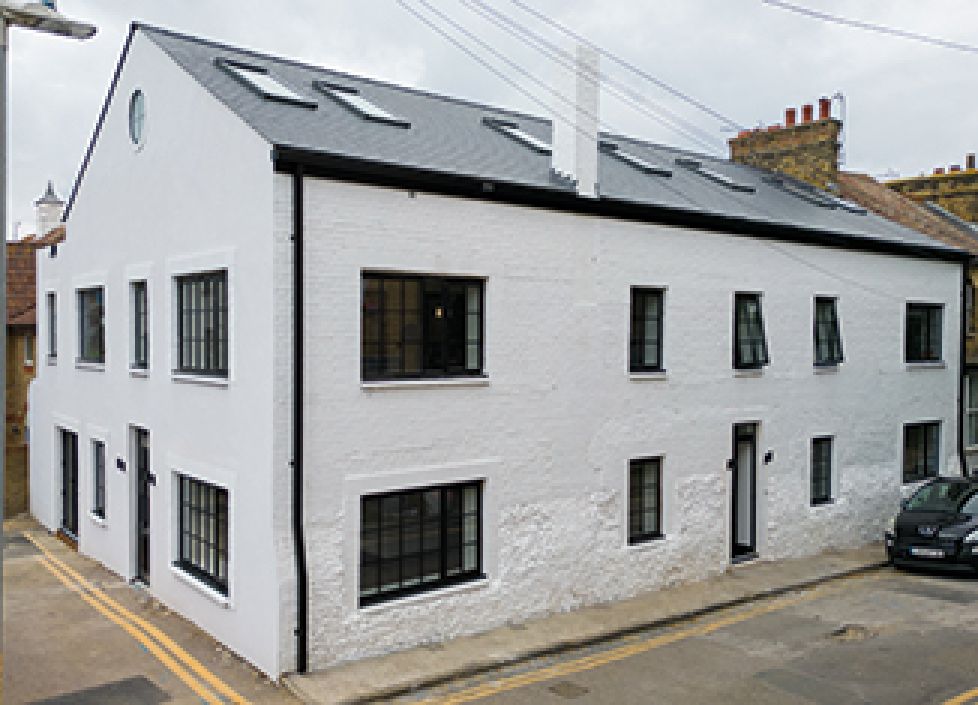One of the biggest advantages of investing in commercial property is that you can undertake ‘paper exercises’ in order to obtain a valuation uplift on your properties. These include, amongst other things, changing tenants, regearing and extending leases, and surrendering or part-surrendering leases. This is unlike residential investments where you usually need to do some refurbishment works, or add more space, to uplift the ‘bricks and mortar’ value. Commercial property is usually not valued on a ‘bricks and mortar’ value but is instead valued as an investment.
This ‘investment value’ simply means that a multiplier is applied to the passing income (or the open market rental income if the property is vacant) to arrive at the value. I talked about this at length in last month’s edition of PIN.
As a result, rather than making the property look prettier, as you do with residential investments, us commercial investors need to be working out how we can both maximise the rental income, and the multiplier applied to it.
Just a word about the ‘multiplier’ - you will variously hear this referred to as the ‘all risks yield, ‘equivalent yield’, ‘initial yield’, ‘reversionary yield’, amongst other things. All of these definitions calculate something slightly different, but the basic rule is that in order to influence the yield on the property you have to address all the risks associated with it. These will obviously include the building fundamentals – including its location, structure, repair, configuration, and size. But this will also include the tenant covenant (are they ‘blue chip’ or a start up?), the lease terms, lease length, rent review structure etc. And it is this latter bundle of factors that we can often influence through our ‘paper exercises’ – changing the tenant, lease length or lease terms in order for the property to be less risky in the eyes of a valuer – often without having to put a spade in the ground to change or refurbish the property.
Of course, in some cases, significant value can be added by doing development – either to facilitate changing the use of a property or by improving the look of it. But, unless you are changing the use to residential, this is often only done in order to enhance the appeal of the property to tenants so they will pay a higher rent or offer improved lease terms.



















